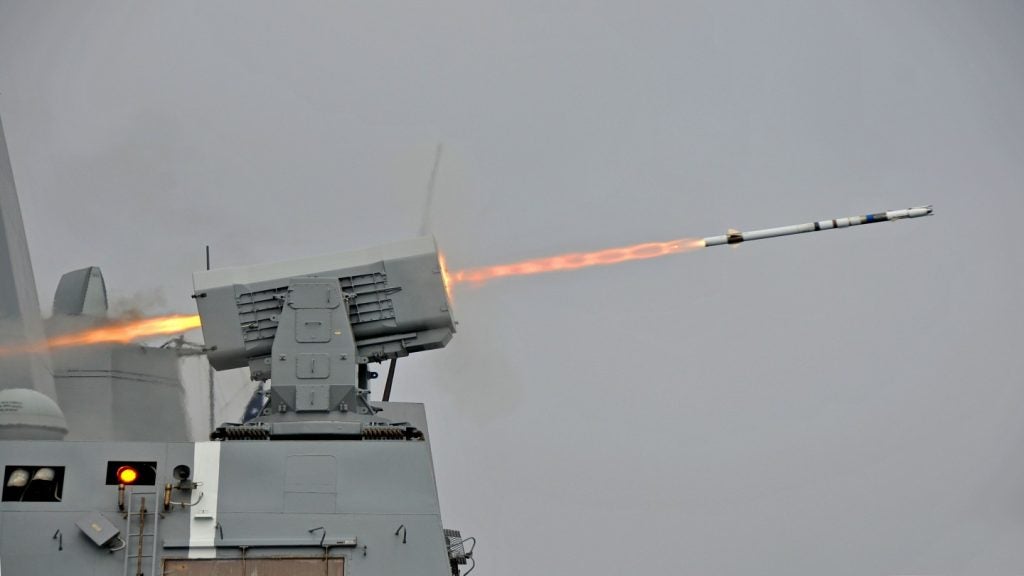
Lockheed Martin, a global aerospace and defence company, took a step forward in the integration of its Patriot Advanced Capability – 3 (PAC-3) Missile Segment Enhancement (MSE) interceptor with the AN/SPY-1 Radar, a critical component of the Aegis Weapon System.
This test marks the first time the PAC-3 MSE interceptor has effectively communicated with the SPY-1 radar, offering a promising path toward an integrated air and missile defence capability for maritime customers.
Lockheed Martin‘s ongoing investment in the PAC-3 MSE/Aegis integration seeks to provide a reliable, comprehensive defence solution against advanced, manoeuvrable threats. By combining the capabilities of PAC-3 MSE and the Aegis Weapon System, Lockheed Martin aims to deliver a robust defence mechanism to maritime fleets on an affordable and expedited timeline.
According to Tom Copeman, Vice President of Naval Systems at Lockheed Martin Missiles and Fire Control, “This successful test is a major step forward to integrate PAC-3 MSE into the Aegis Weapon System fully. A PAC-3 MSE/Aegis integration delivers a hardened defence to maritime fleets on an affordable, rapid timeline.”
Lockheed Martin had to modify the PAC-3 MSE and the Aegis Weapon System to enable the integration between PAC-3 MSE Radio Frequency Data Link to establish communication with the SPY-1 radar.
The SPY-1 radar operates on an S-band frequency, which required Lockheed Martin to convert PAC-3 MSE’s existing dual-band datalink to a tri-band datalink capable of communicating at the S-band frequency. This test, funded internally by Lockheed Martin, validates the initial integration of this capability.
The PAC-3 MSE interceptor possesses hit-to-kill capabilities, providing a defence against advanced threats, including tactical ballistic missiles, cruise missiles, and aircraft. The PAC-3 MSE program is scaling up production to reach an impressive annual capacity of 550 MSEs, with further expansion plans in the pipeline.
In 2022, Lockheed Martin unveiled an 85,000-square-foot building expansion at its Camden, Arkansas, facility to bolster production capacity for PAC-3 MSE.
The AN/SPY-1 radar, a component of the Aegis Weapon System, is deployed on nearly 100 U.S. Navy Aegis Cruisers and Destroyers. By integrating PAC-3 MSE with the Aegis Weapon System, Lockheed Martin capitalizes on the proven performance of SPY-1 radar and enhances its capacity to counter evolving threats, enabling sailors to stay one step ahead.
Various countries have procured Lockheed Martin’s Patriot Advanced Capability-3, including Germany, Japan, Kuwait, the Netherlands, Poland, South Korea, Romania, and Sweden.
Lockheed Martin’s progress in the PAC-3 MSE/Aegis integration represents advancing maritime defence capabilities. As the integration efforts continue, this collaboration is anticipated to fortify global maritime security further and empower naval forces with a potent shield against emerging threats.








